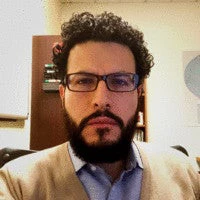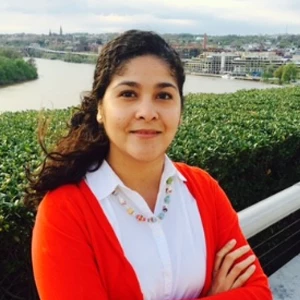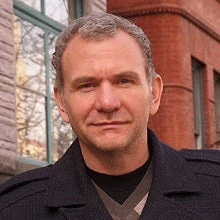The World Bank’s societal poverty estimates can now be readily accessed from the Poverty and Inequality Platform (PIP). Societal poverty, first introduced as one of the World Bank’s measures of poverty in 2018, provides information that complements the absolute measures of poverty reported by the World Bank, namely poverty at the international poverty line (currently set at $2.15 in 2017 PPPs) and the higher-valued lines of $3.65 and $6.85. Whereas each of these absolute lines is held fixed across a set of countries to estimate poverty, the value of the societal poverty line (SPL) varies across countries in accord with the average estimated cost of meeting basic needs. As a country becomes richer, the estimated cost of meeting basic needs typically increases and so too does the value of the SPL (see an illustration here).
The SPL is in part an absolute poverty line with a fixed threshold value for all countries, and it is in part a relative line that varies with the income or consumption level of each country. The value of the SPL is never less than the value of the international poverty line, currently set at $2.15. Anyone who is in extreme poverty (i.e., consuming less than $2.15 per day) is also poor as measured by societal poverty.
But there are many people who are not living in extreme poverty who are identified as being in societal poverty. For those people consuming more than $2.15, the SPL is $1.15 plus 50 percent of median income or consumption in their country. Formally, the societal poverty line is estimated for each country as: max(2.15, 1.15 + 0.5*median level of income or consumption in the country) and is expressed in 2017 PPP US dollars. For detailed information about the concept of societal poverty and how the societal poverty line is derived, see Jolliffe and Prydz (2016), Jolliffe et ⓡ (2022) and Tetteh-Baah et al. (2022).
Users of the Poverty and Inequality Platform (PIP) can now access societal poverty estimates from more than 2,220 surveys conducted in 168 countries spanning the period between 1963 and 2022, as well as societal poverty estimates aggregated across the regions of the world spanning the period between 1981 and 2021. The societal poverty estimates are available in the Poverty and Inequality Indicators page (under the Data menu). Select the Societal Poverty Rate (from the Other indicators menu) and any countries or regions of interest to visualize the societal poverty estimates. Figure 1 below illustrates how the societal poverty estimates can be accessed and visualized.
Figure 1: Accessing and visualizing societal poverty estimates
Apart from the data visualization on the website, this blog illustrates with two examples how users of the Poverty and Inequality Platform (PIP) can access our data to create their own visualizations.
First, one could visualize the trends in societal poverty in comparison to extreme poverty for the world and its regions. Figure 2 shows significant global progress over the last three decades in both measures of poverty—but much more for extreme poverty than societal poverty (see code for accessing and preparing the data). Between 1990 and 2019, extreme poverty in the world has declined by about 30 percentage points to 9% whereas societal poverty has declined by about 20 percentage points to 28%. That means, in more recent years, less than 1 in 10 people are living in extreme poverty while more than 1 in 4 are living in societal poverty. There are regional differences that could be explored in Figure 2. Typically, in regions that have made sufficient progress in reducing extreme poverty to low levels, such as East Asia and the Pacific, Europe and Central Asia, Latin America and the Caribbean, a significant share of the population are still unable to live a life free of poverty as measured by the societal poverty line.
Figure 2: Share of population living in poverty by region
The second example illustrates that societal poverty becomes a more relevant measure of poverty as the world gets richer. Figure 3 shows that as countries graduate into higher income status, the share of the population living in extreme poverty reduces, and the share of population living in societal poverty becomes relatively more important (see code for accessing and preparing the data). Extreme poverty and societal poverty are almost similar for low-income countries, where the societal poverty line equals the international poverty line or is not much greater. Upper-middle-income countries have seen greater progress than lower-middle-income countries in reducing extreme poverty. However, upper-middle-income countries have equally high levels of societal poverty in more recent years. For high-income countries, where extreme poverty has been almost non-existent for the past three decades, societal poverty (or inequality) has remained an important concern.
Figure 3: Share of population living in poverty by income group
As the world has become richer, with less than 10% of the world’s population now living in low-income countries, and at a time when extreme poverty is less than 3% in most countries, measures of poverty that account for variations in the estimated cost of meeting basic needs across countries can provide valuable insights into poverty. In particular, the societal poverty line reflects the reality that how countries define basic needs changes as they become richer. Hence, the inclusion of societal poverty estimates in PIP is intended to promote dialogue and help inform policymakers, journalists, and researchers.
Note: All the poverty estimates are based on the 2017 PPPs. Subsequently, the poverty estimates with the 2011 PPPs will be made available.






Join the Conversation